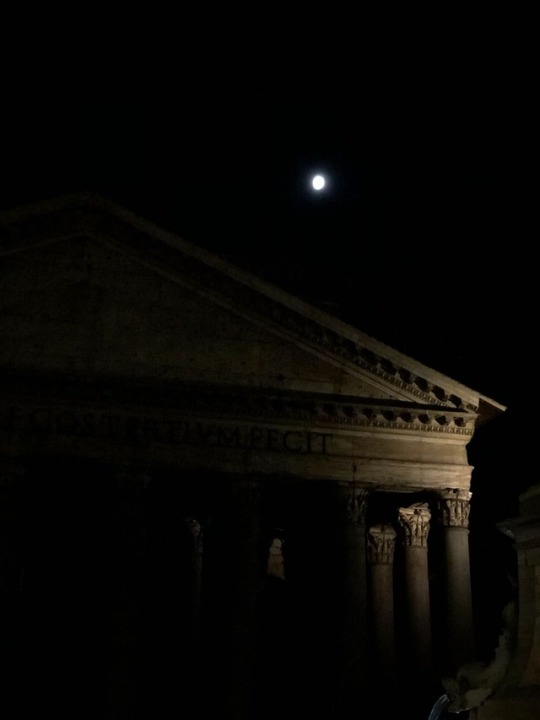Don't wanna be here? Send us removal request.
Photo
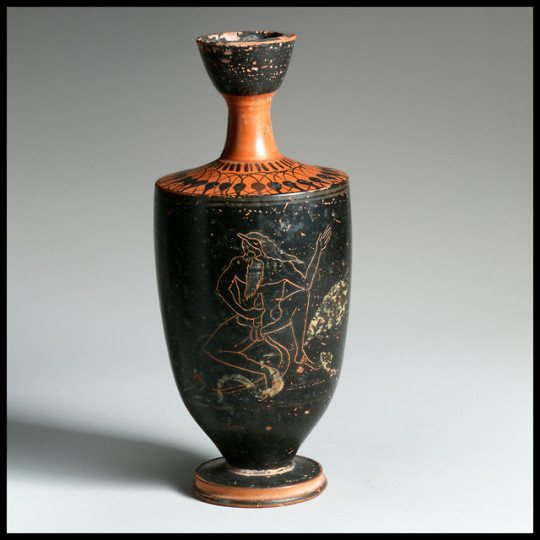
Terracottas lekythos (oil flask) by Sappho Painter, Greek and Roman Art
Rogers Fund, 1923 Metropolitan Museum of Art, New York, NY Medium: Terracotta
http://www.metmuseum.org/art/collection/search/251420
398 notes
·
View notes
Photo

The full moon rises behind the columns of the ancient marble Temple of Poseidon at Cape Sounion, southeast of Athens, on the eve of the summer solstice on June 20, 2016. The temple located on a promontory at Cape Sounion, about 70km (45 miles) south-southeast of Athens, built 444 BC, and dedicated to Poseidon, god of the sea. (AP Photo/Petros Giannakouris).
395K notes
·
View notes
Photo
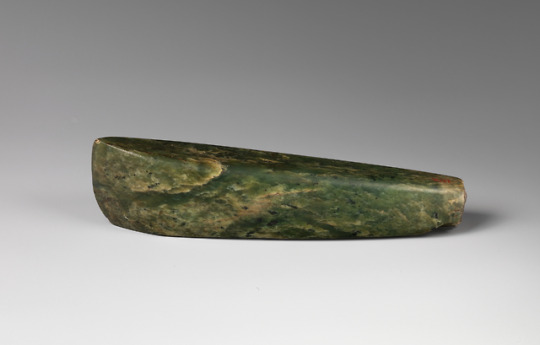
Serpentine axehead, Greek and Roman Art
Medium: Serpentine
Anonymous Gift, 1936 Metropolitan Museum of Art, New York, NY
http://www.metmuseum.org/art/collection/search/253519
19 notes
·
View notes
Photo
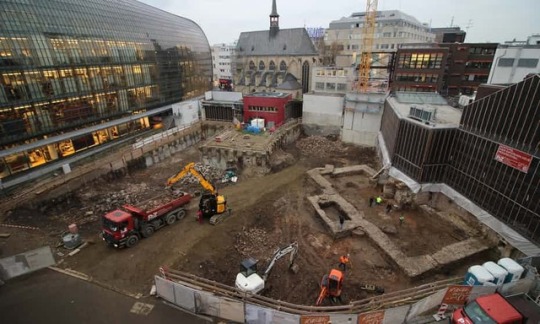

‘Spectacular’ ancient public library discovered in Germany
Remains of grand building that may have housed up to 20,000 scrolls uncovered in central Cologne, dating back to second century AD
Alison Flood Tue 31 Jul 2018 09.48 EDT
The remains of the oldest public library in Germany, a building erected almost two millennia ago that may have housed up to 20,000 scrolls, have been discovered in the middle of Cologne.
The walls were first uncovered in 2017, during an excavation on the grounds of a Protestant church in the centre of the city. Archaeologists knew they were of Roman origins, with Cologne being one of Germany’s oldest cities, founded by the Romans in 50 AD under the name Colonia. But the discovery of niches in the walls, measuring approximately 80cm by 50cm, was, initially, mystifying.
“It took us some time to match up the parallels – we could see the niches were too small to bear statues inside. But what they are are kind of cupboards for the scrolls,” said Dr Dirk Schmitz from the Roman-Germanic Museum of Cologne. “They are very particular to libraries – you can see the same ones in the library at Ephesus.”
It is not clear how many scrolls the library would have held, but it would have been “quite huge – maybe 20,000”, said Schmitz. The building would have been slightly smaller than the famed library at Ephesus, which was built in 117 AD. He described the discovery as “really incredible – a spectacular find”.
“It dates from the middle of the second century and is at a minimum the earliest library in Germany, and perhaps in the north-west Roman provinces,” he said. “Perhaps there are a lot of Roman towns that have libraries, but they haven’t been excavated. If we had just found the foundations, we wouldn’t have known it was a library. It was because it had walls, with the niches, that we could tell.”
The building would have been used as a public library, Schmitz said. “It is in the middle of Cologne, in the marketplace, or forum: the public space in the city centre. It is built of very strong materials, and such buildings, because they are so huge, were public,” he said.
The walls will be preserved, with the three niches to be viewable by the public in the cellar of the Protestant church community centre, which is currently being built.
https://www.theguardian.com/books/2018/jul/31/spectacular-ancient-public-library-discovered-in-germany?CMP=fb_gu#img-2
#library#Germany#ancient#scrolls#buried#urbex#construction#archeology#Cologne#ephesus#roman#roman architecture#roman library#underground#lost and found
3 notes
·
View notes
Text
That Massive Black Sarcophagus Was Opened. Here's What's Inside.
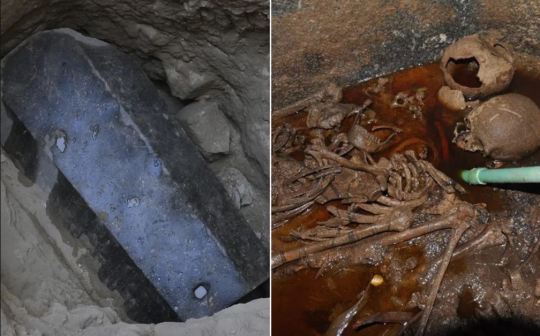
A mysterious, black, granite sarcophagus discovered in Alexandria, Egypt, dating to a time after Alexander the Great conquered the area in 332 B.C., has been opened.
There was speculation at the time the discovery was announced earlier this month that the massive coffin held the remains of Alexander and that opening the sealed and foreboding-looking box would unleash a curse. Neither seem to be true … unless stinky sewage causes some sort of torment.
Along with the sewage, archaeologists found the remains of three skeletons inside the sarcophagus. These may be those of soldiers, Egypt’s antiquities ministry said in a statement issued today (July 19) in Arabic.
Pictures released by the ministry show the sarcophagus full of the liquid sewage, which must have seeped in at some point. Analysis of the skeletal remains is ongoing, but initial results suggest that one of the individuals found in the sarcophagus suffered a blow from an arrow, the ministry said in the statement. Read more.
2K notes
·
View notes
Photo
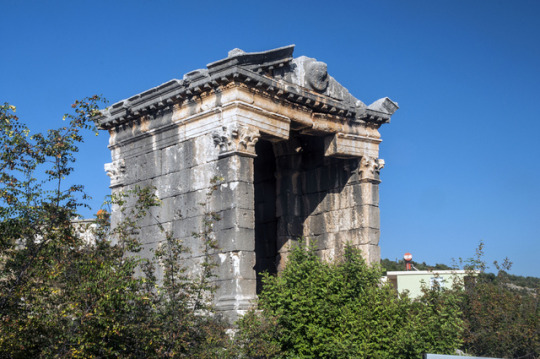
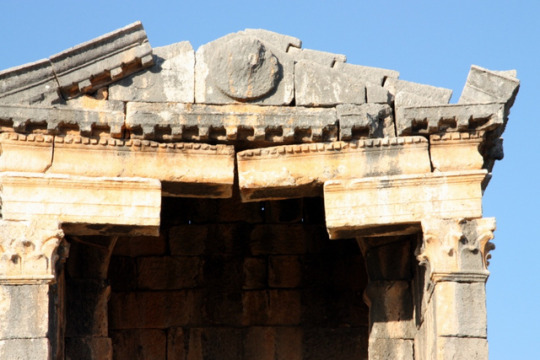
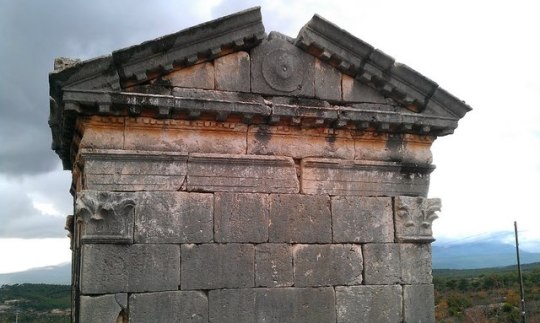

Southern Mausoleum
Imbriogon (Demircili), Turkey
2-3rd centuries CE
One of the reasons which has helped the mausolea to withstand the injuries of time and even retain their roofs is the presence of arches which strengthen the internal structure of the buildings.
313 notes
·
View notes
Text
Tower of human skulls in Mexico casts new light on Aztecs
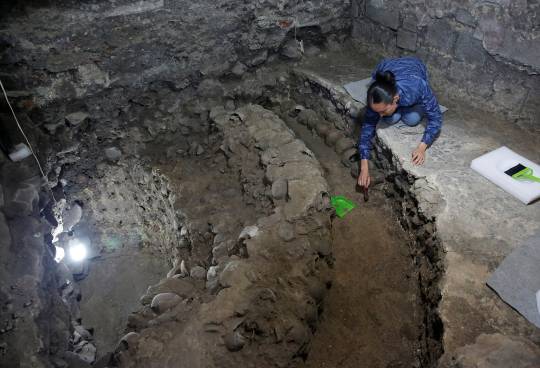
A tower of human skulls unearthed beneath the heart of Mexico City has raised new questions about the culture of sacrifice in the Aztec Empire after crania of women and children surfaced among the hundreds embedded in the forbidding structure.
Archaeologists have found more than 650 skulls caked in lime and thousands of fragments in the cylindrical edifice near the site of the Templo Mayor, one of the main temples in the Aztec capital Tenochtitlan, which later became Mexico City.
The tower is believed to form part of the Huey Tzompantli, a massive array of skulls that struck fear into the Spanish conquistadores when they captured the city under Hernan Cortes, and mentioned the structure in contemporary accounts. Read more.
2K notes
·
View notes
Photo
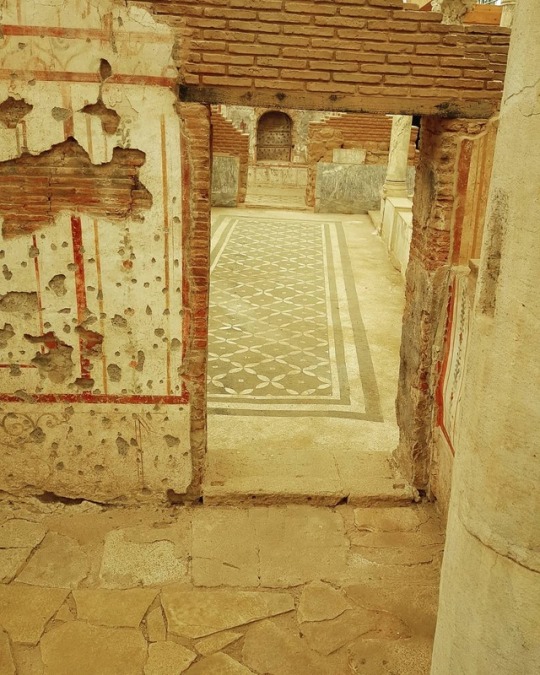
In The Ephesus City, “Terrace Houses” are located on a slope. Other name is “The Houses of Rich”. There were living and dining rooms on the ground floor, bedrooms and guest rooms upstairs. There were heating system, hot and cold water was available. Rooms contains lots of mosaics and frescos. Now, here is a museum which has a covering roof on top. When you visit here, you can imagine family life of old times.
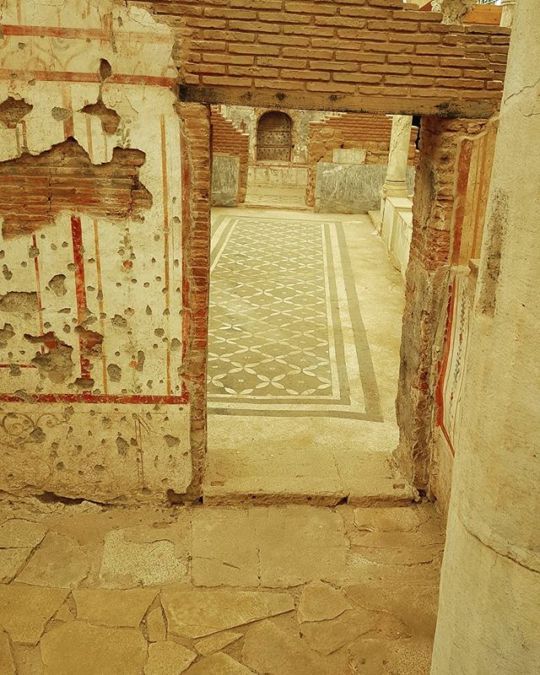
photo by instagram.com/antiquity.times
231 notes
·
View notes
Photo
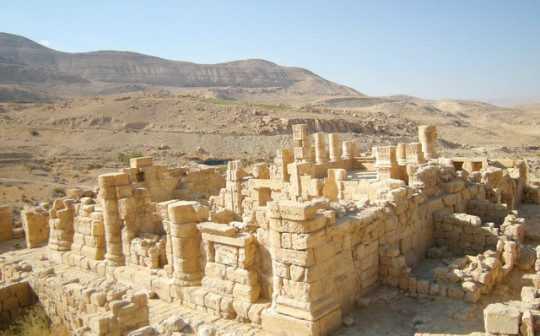
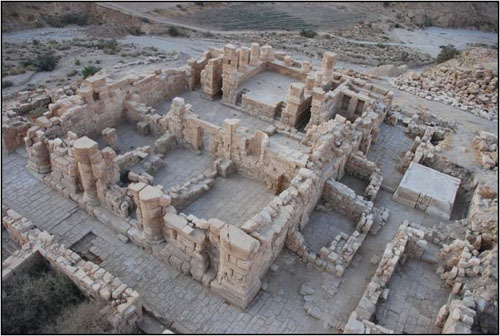
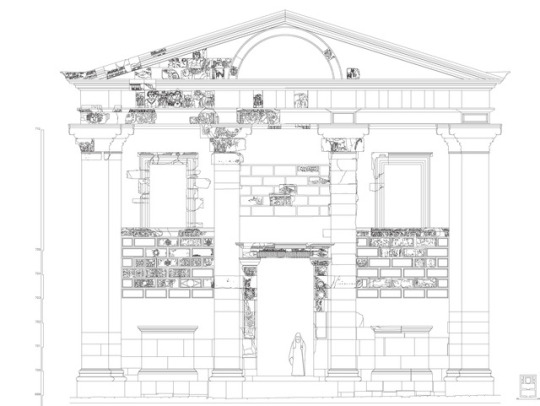
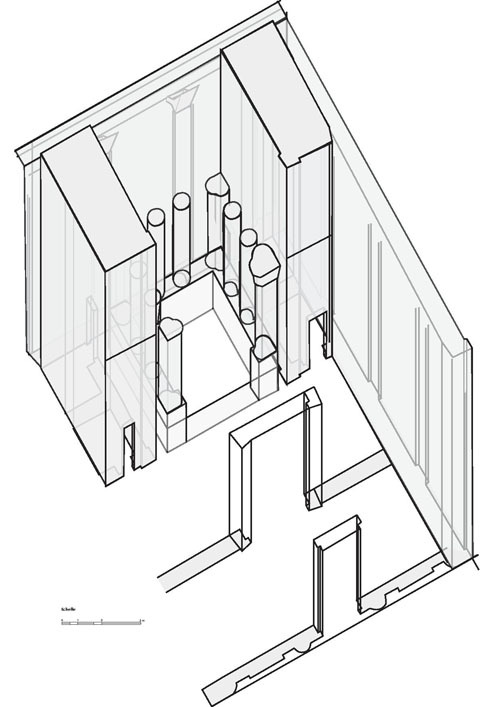
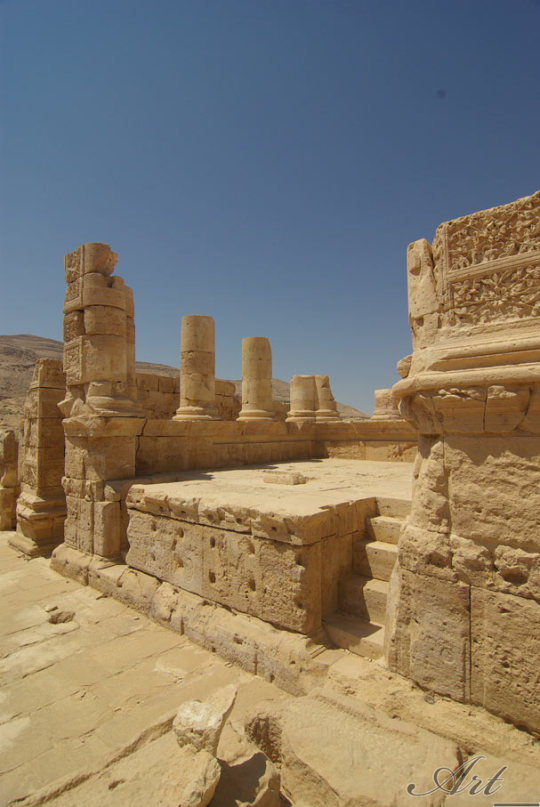
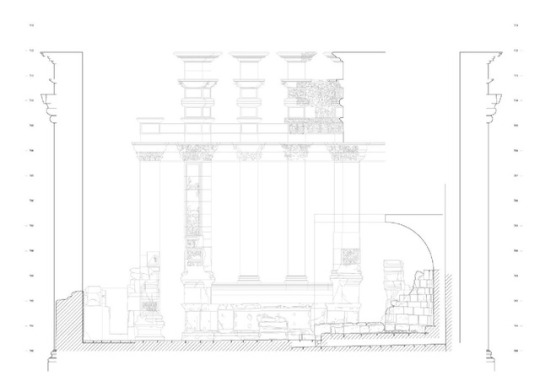
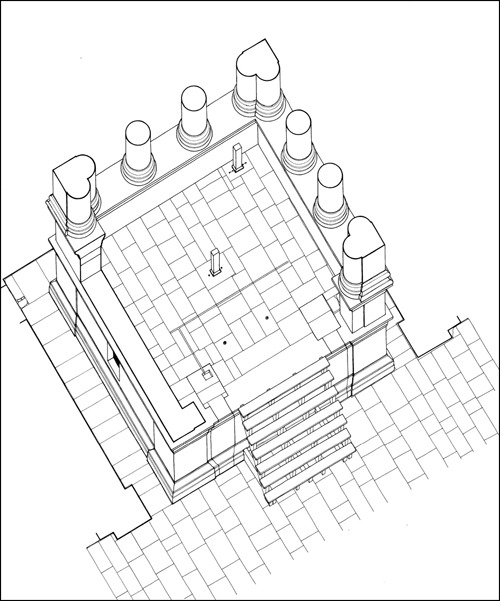
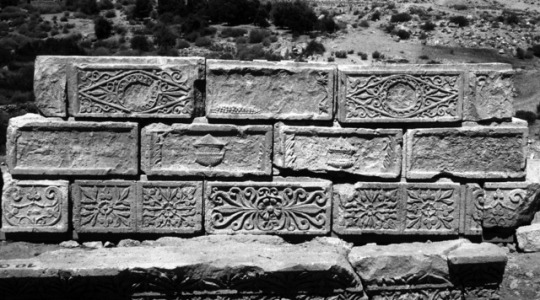
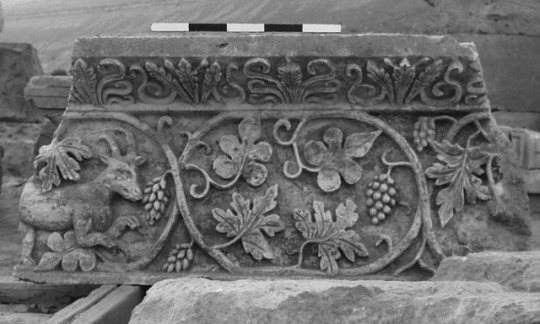
Temple at Khirbet ed-Dharih
Jordan
1st century BCE
330 notes
·
View notes
Photo

Bath-Gymnasium Complex, Tralleis City, birth place of Anthemios who was one of the architects of Hagia Sophia.
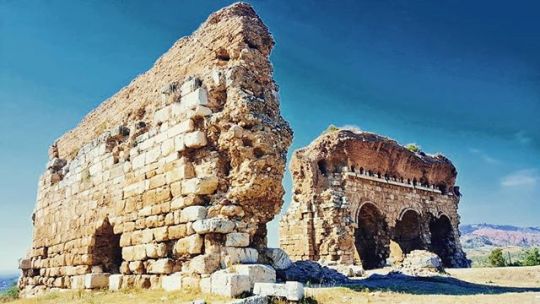
Please, subscribe to our youtube channel for the latest videos youtube.com/ancientpix
89 notes
·
View notes
Photo

Chakana (Inka cross) at pisaq ruins - Peru
The word “Chakana” can be traslated as portal door or even Bridge.
1K notes
·
View notes
Photo
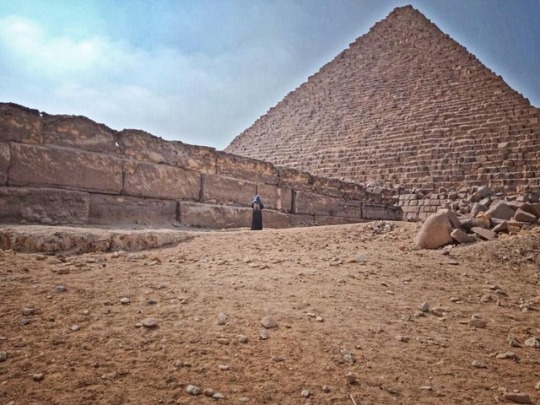
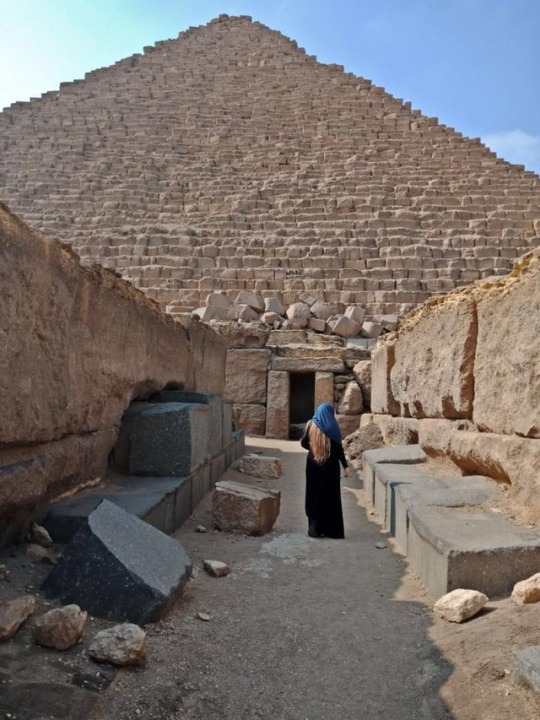
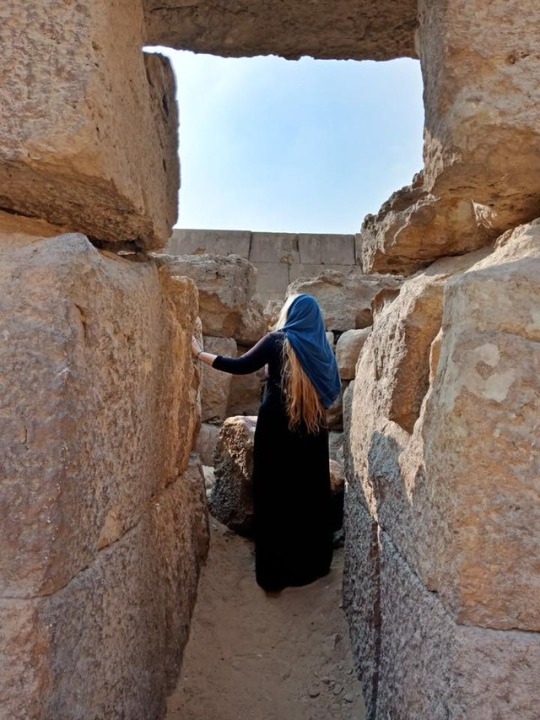
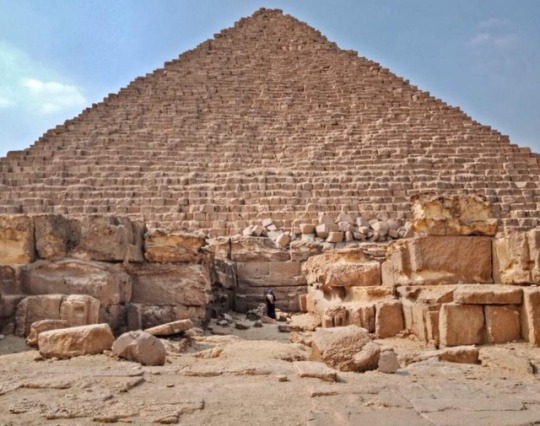
The Pyramid of Menkaure and the ancient megalithic temple.
(Photo credit: StarSong Photos)
427 notes
·
View notes
Photo
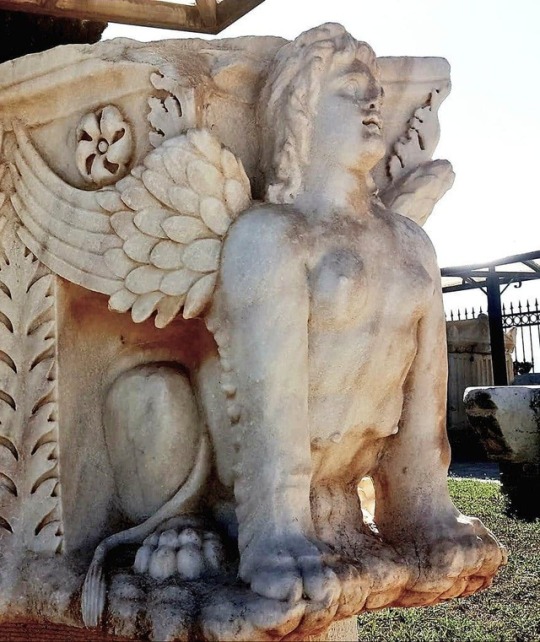
A big capital with sphinx from Hierapolis Agora, Roman Period, 2nd cen. A. D., Hierapolis Museum.
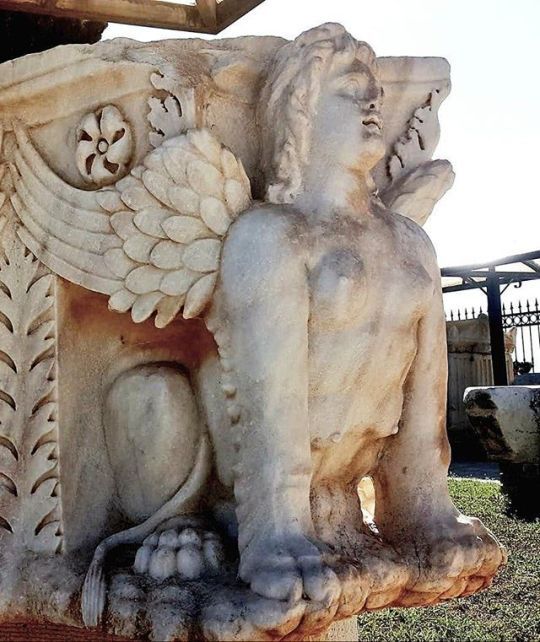
photo by instagram.com/antiquity.times
241 notes
·
View notes
Photo
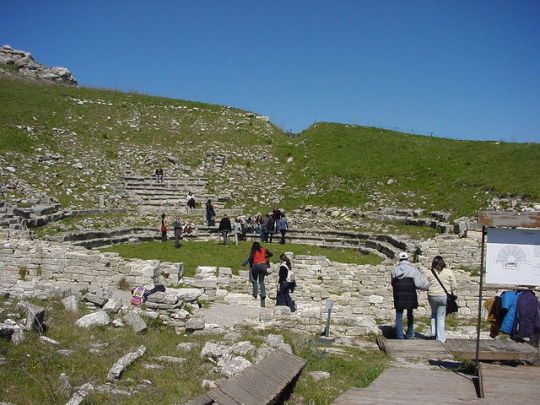
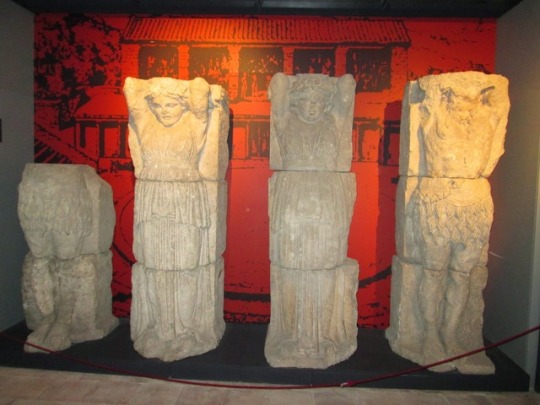
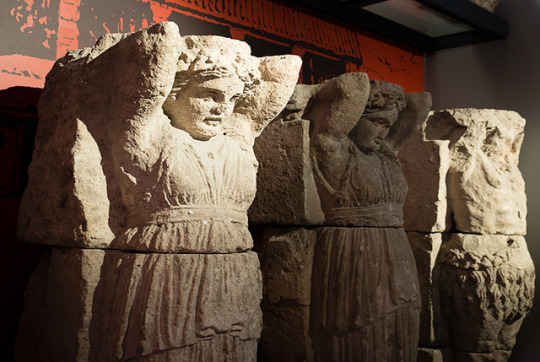
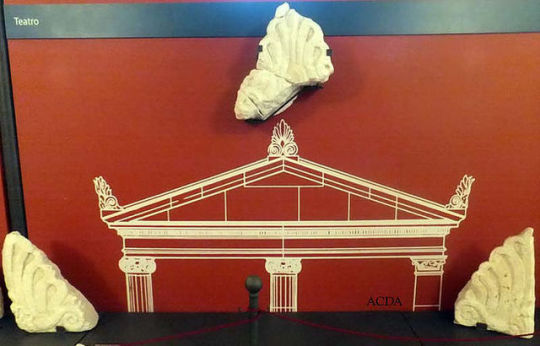
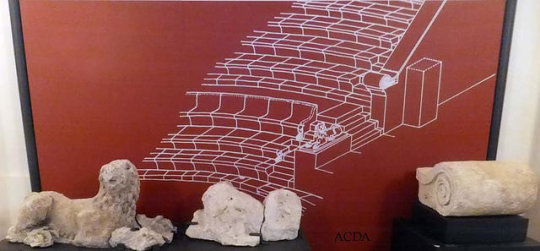
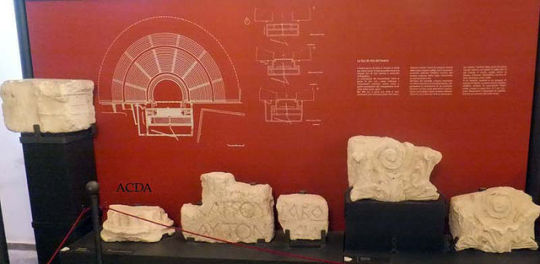
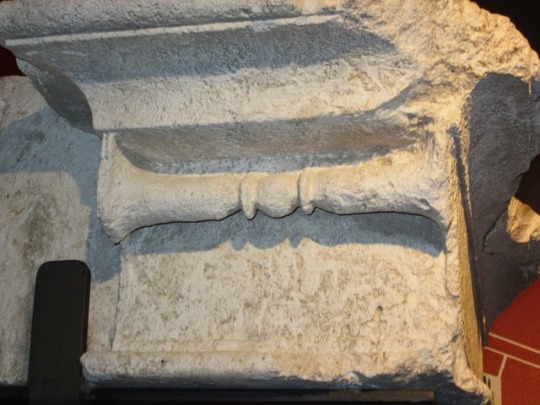
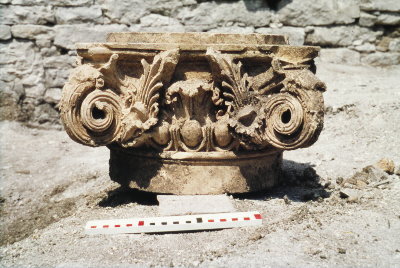
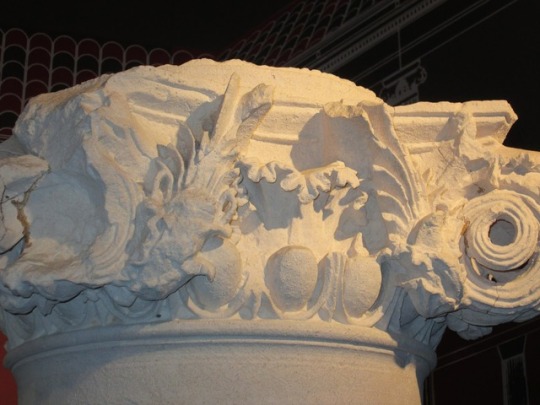
Theater of Mount Ietas
Mount Ietas, Sicily, Italy
4th century BCE
The Monte Jato theater was built in the late fourth century BCE probably imitating the most famous theater of the time- that of Dionysius in Athens.
Both the auditorium of the theater scene of Mount Ietas were rich with various module stone sculptures; the decorative ensemble has been reconstructed on the basis of elements found in their original location, in collapsed position or reused in later buildings or set aside as a result of their disposal.
The lower tiers of the auditorium (proedria) were probably ornate at the lateral ends by lion’s paws, as suggested by the discovery of a paw. The two east and west sides of the auditorium, in front of the stage building, lay a foundation on which was placed the limestone statue of a crouching lion, who turned his head toward the scene. The original stage building was embellished by various decorative elements, but the most notable are made up of four limestone sculptures in high relief, and larger than life reproducing two male figures (Satyrs) and two women (maenads) who were part of the action Dionysus, god of the theater, maenads and satyrs have the attributes that distinguish them as followers of Dionysus: the maenads wear peblo Doric and carrying on her head a crown of ivy leaves and fruits; satyrs, with beards and equine ears, the loins and girded by a fur skirt and lead to strap an ivy crown. It is statues with decorative function but also structural, scenic architecture support; Mount Ieta can be counted among the earliest examples of this type of architectural decoration for that subject and composition of the figures with arms raised and folded back, it features typical of theaters in Sicily. At the current state it remains dubious the exact location of 4 sculptures as part of the stage. Each is composed of three superimposed blocks, stuccoed and painted origin. And their state of preservation is uneven. The sculptures of satyrs, are in bad state, and were spotted embedded in medieval buildings: the maenads, best preserved, were found west of the stage. The scenic roof of the building was adorned by acroteria (architectural elements figured). Three of these, palm-type “flame” shape with acanthus at the center, already attested in the Parthenon of Athens were found collapsed in the northwestern area of the agora and were attributed to the eastern end of the scene. Made in the same limestone of the other decorative elements of the theater, including menhaden and satyrs, the palms of Iato have narrow types and stylistic similarities with three acroteria from Soluntum, whose relevance context is not known. There is no news acroteria similar to those of Monte Jato from other theaters of Sicily.
480 notes
·
View notes
Photo
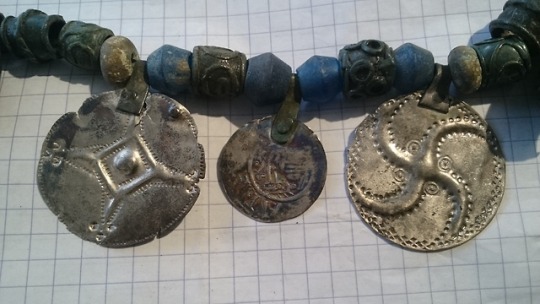
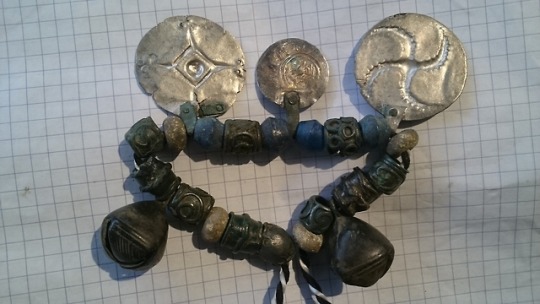
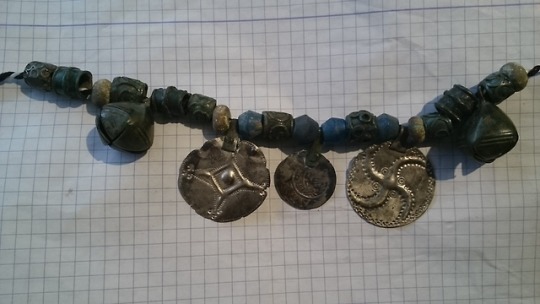
Viking jewelry: silver pendants-amulets and beads. 10-11 centuries.
405 notes
·
View notes
